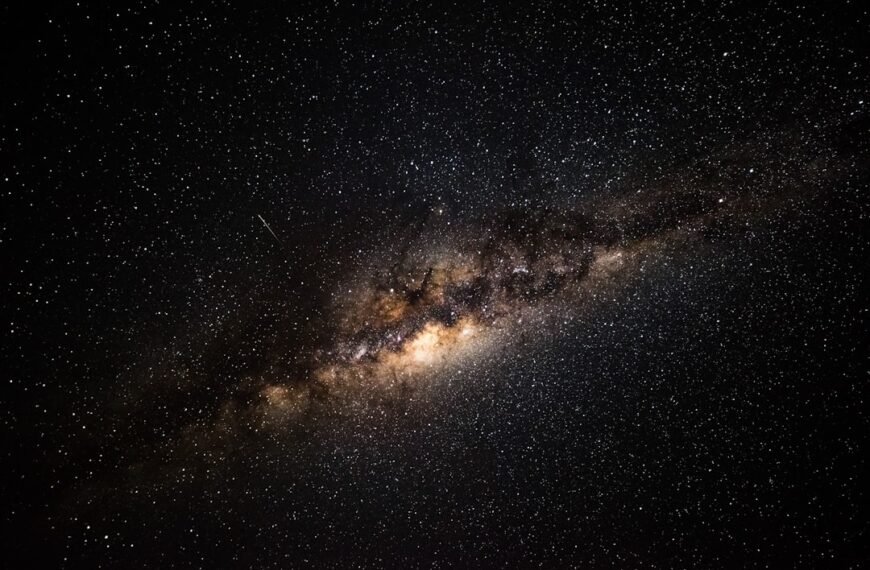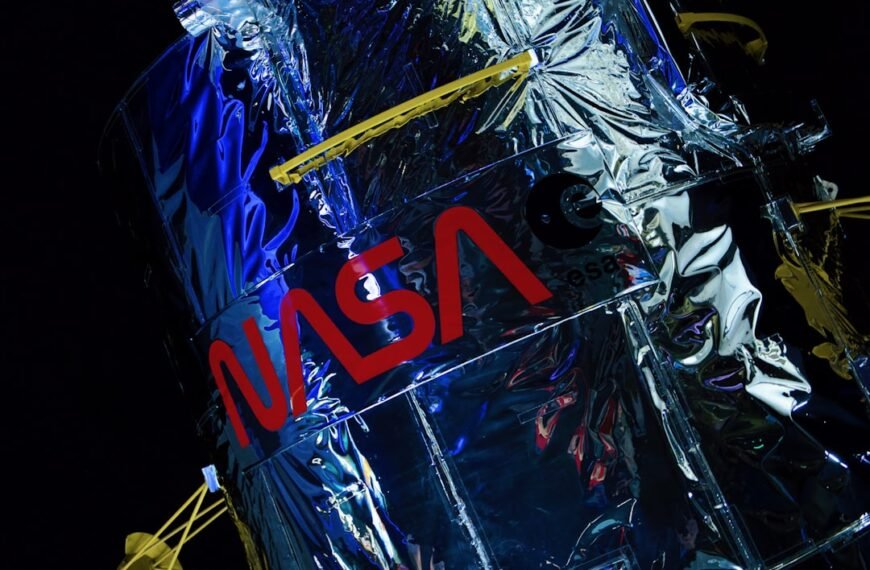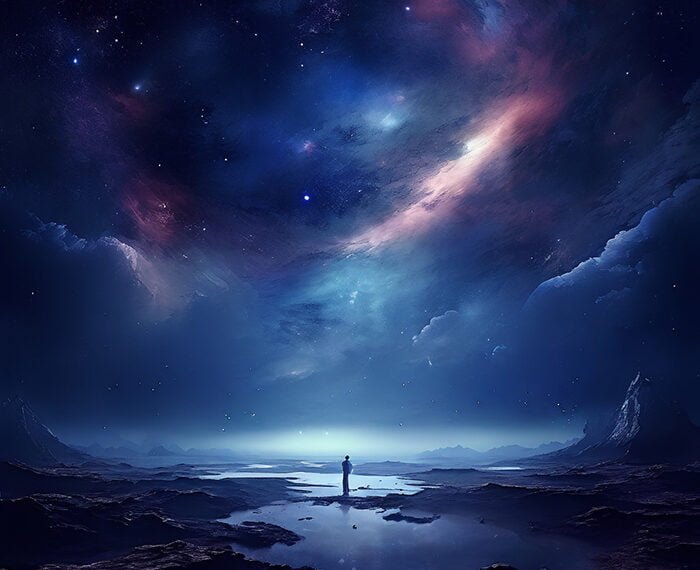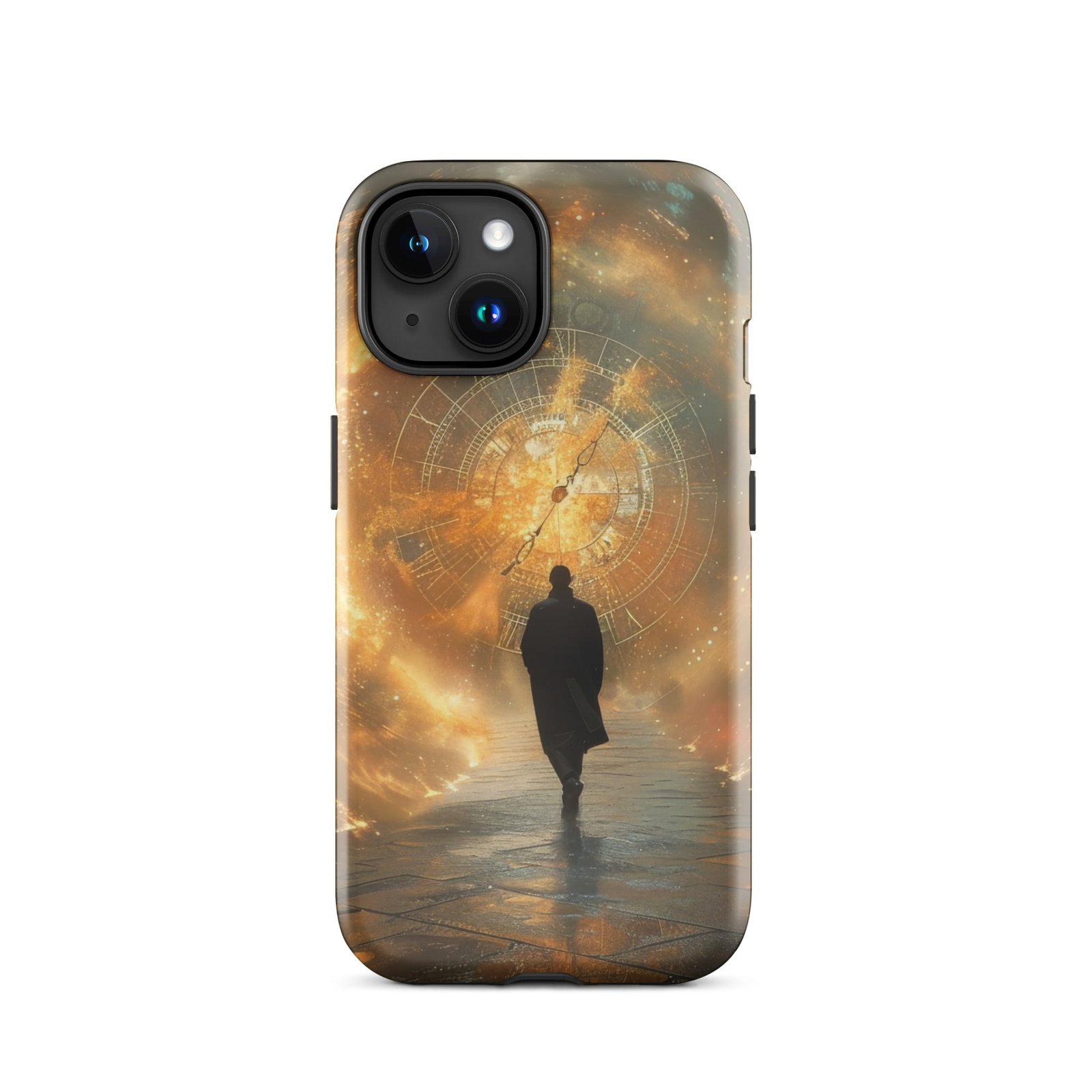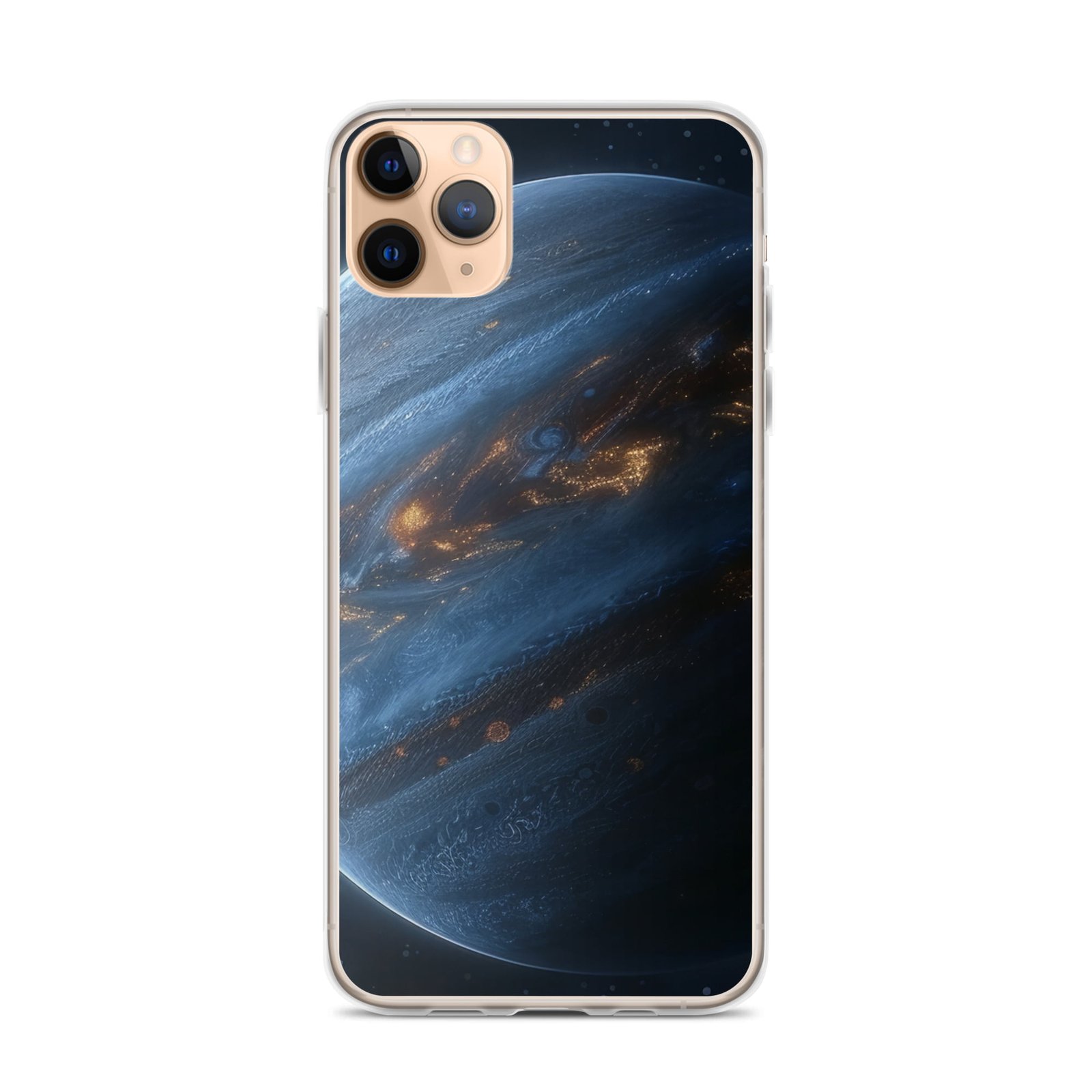Key Takeaways
- Stars shine in different colors based on their temperatures
- The color of a star helps scientists determine its age, size, and life stage
- Hot stars appear blue or white; cool stars look red or orange
- A special chart called the Hertzsprung-Russell Diagram maps stars by color, brightness, and temperature
- Our Sun gives off more green light than any other, but we see it as white
- 168 SPARKLY STAR STICKERS — This glittery silver and gold sticker pack includes 168 star stickers in 3 sizes. Create sp…
- SELF-ADHESIVE AND EASY TO USE — These mess-free, self-adhesive stickers stick to anything! And small hands will have no…
- THICK 3D DESIGN — Our foam stickers add a 3D aspect to any craft or DIY project! These thick EVA foam stickers are easy…
- UNIQUE DESIGN — Please open the cover, the star theme inside can be perfectly displayed,Unlike other products, our lamp…
- CHILD MODE PROJECTION LAMP– Covered with a dome cover, the starlight projector can be used as a nightlight. The quiet s…
- MULTIFUNCTION – THE Night Light has two modes, starry sky projection mode and night light mode. Starry sky projection mo…
- Light up your nights with the wonder stars Super kit from Great Explorations.
- This kit comes with 150 glow-in-the-dark stars and adhesive putty. Plus a constellation chart to help create the constel…
- Create a whole galaxy on the walls and ceiling of any room.
Introduction
If you’ve ever looked up at the night sky, you may have noticed that not all stars look the same. Some twinkle brightly in white, others glow red or blue. But why are stars different colors? The answer has everything to do with their temperature, size, and even what they’re made of. Understanding star colors opens the door to learning more about the universe and how it works.
In this article, we’ll explore the science behind star colors in simple, clear language. We’ll also show how astronomers use these colors to understand a star’s life cycle.
What Makes a Star Shine in a Certain Color?

Stars shine because they are incredibly hot balls of gas, mainly made of hydrogen and helium. This heat produces energy, which travels through space as light. The temperature of the star decides what kind of light it gives off.
- Hot stars (over 10,000°C) shine blue or white
- Medium stars (around 5,500°C, like our Sun) appear yellow or white
- Cool stars (under 3,500°C) look red or orange
This is called blackbody radiation — the hotter an object is, the more blue light it emits. Cooler objects emit more red light.
Example:
Sirius, the brightest star in our night sky, is much hotter than the Sun. It glows a bright blue-white.
Why Are Some Stars Brighter Than Others?
Brightness isn’t just about how close a star is to us. It also depends on how much energy the star gives off. This is called luminosity.
A big, hot star might be millions of miles away but still look bright because it emits a lot of light. A nearby, cooler star may look dimmer even if it’s closer.
To understand a star’s true brightness, scientists calculate both:
- Apparent brightness (how bright it looks from Earth)
- Absolute brightness (how much light it actually gives off)
The Role of Stellar Spectra
Each star has a unique “light fingerprint.” When astronomers pass a star’s light through a prism, it spreads into a spectrum — like a rainbow. But this rainbow has dark lines in it.
These dark lines are called absorption lines. They appear because elements in the star’s atmosphere absorb specific colors of light. By studying these lines, scientists can tell what the star is made of and how hot it is.
This process is called spectroscopy, and it has helped scientists unlock many secrets of the universe.
The Classification of Stars by Color and Temperature
In the early 1900s, astronomer Annie Jump Cannon created a system for classifying stars based on their spectra. This system organizes stars into letter groups, mainly by temperature:
O, B, A, F, G, K, M
You can remember this order with a fun phrase: Oh Be A Fine Girl/Guy, Kiss Me.
- O-type stars: blue, very hot, rare
- B-type: bluish-white
- A-type: white
- F-type: yellow-white
- G-type: yellow (like the Sun)
- K-type: orange
- M-type: red, coolest stars
Each type is further divided into numbers (e.g., G2 is our Sun).
In more recent years, even cooler stars called L, T, and Y types have been added.
The Hertzsprung-Russell (HR) Diagram
The HR Diagram is one of astronomy’s most important tools. It plots stars by their temperature (color) and luminosity (brightness). When placed on this chart, stars naturally fall into groups.
Main regions on the HR Diagram:
- Main Sequence: where stars spend most of their lives
- Red Giants: large, cool stars at the end of their life cycle
- White Dwarfs: small, hot, dying stars
- Supergiants: massive stars nearing explosive ends
The Sun is a G2 star and falls in the middle of the Main Sequence.
Why We Can’t See Green Stars

Even though stars like the Sun give off lots of green light, we don’t see them as green. Why?
Because they also give off blue, red, and yellow light. When all these mix together, our eyes see it as white. So, even if a star’s strongest color is green, it won’t look green to us.
Fun Fact:
The Sun actually gives off more green light than any other color!
What Star Color Tells Us About a Star’s Life
Color is like a star’s report card. It tells scientists:
- How hot it is
- How old it is
- What it’s made of
- How it produces energy
Star Life Cycle (Simplified):
- Born in a cloud of gas and dust
- Main Sequence – burns hydrogen (most of its life)
- Red Giant – expands as fuel runs low
- White Dwarf or Supernova – depending on size
Big stars live fast and die young, exploding as supernovas. Small stars burn slowly and may become white dwarfs.
Real Examples of Different Colored Stars
- Sirius (Blue-White): Very hot, A1 type star
- Betelgeuse (Red): Cool supergiant, M2 type
- Rigel (Blue): Massive and bright, B8 type
- Aldebaran (Orange): Red giant, K5 type
- The Sun (White-Yellow): Medium temperature, G2 type
Why Are Stars Different Colors? (Recap)
Stars shine in different colors because of their temperature. Hotter stars are blue or white. Cooler stars are red or orange. Scientists use this color information to learn about a star’s size, age, and what it’s made of.
Tools like spectroscopy and the HR Diagram help astronomers study and classify stars, making it easier to understand how the universe works.
And remember: even though stars can shine in almost every color, you’ll never see a green star in the night sky!
Final Thoughts
The next time you look up and see a sky full of stars, think about this: you’re seeing a colorful universe filled with life cycles, energy, and mystery. Those tiny lights are telling you stories—about heat, time, and even our own Sun’s future.
So, why are stars different colors? Because the universe is full of variety, and every star has its own unique journey.
Sources:








